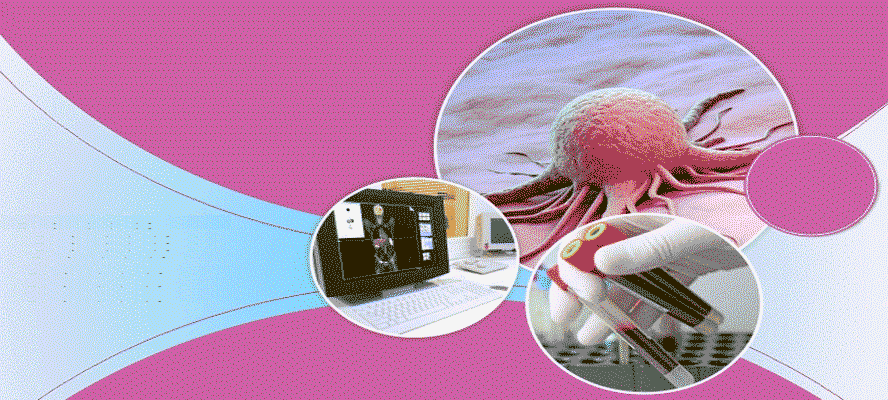Development of cancer occurs from continuous unregulated proliferation of abnormal cells in any part of the body. Generally, cell division takes place for a limited span of time. A network of signals coordinate together to indicate when a cell can divide and also check for errors that can be fixed. But, abnormality in the nodes of this network can trigger cancer where the normal cells develop, divide and redivide instead of undergoing apoptosis, and form new abnormal cells. The abnormalities accumulated in multiple cell regulatory systems result in loss of growth control that reflects on several aspects of cell behavior, differentiating cancer cell from normal cells.








